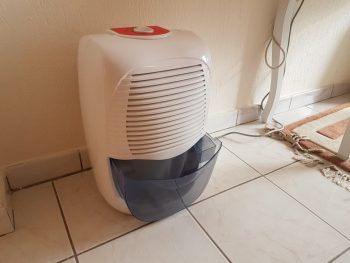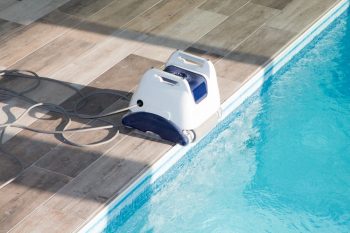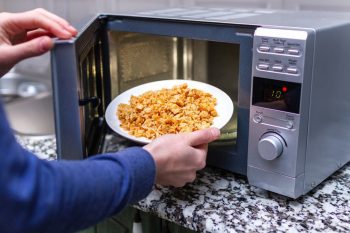
The art of baking bread is a delicate dance between ingredients, techniques, and the ever-important factor of temperature. When you’re eagerly anticipating a warm, fluffy loaf of bread, but instead you’re met with a dense, underwhelming result, it can be quite disheartening. One common issue that many home bakers face is the bread not rising in the oven. This problem can be due to a number of factors, from the yeast used to the way the dough was handled. So let’s break down these potential issues and how to solve them.
Your bread may not have risen in the oven due to several factors such as outdated or improperly stored yeast, incorrect water or oven temperature, inadequate kneading, underproofing or overproofing, or the dough being too dry. To solve this, ensure your yeast is active, monitor the dough’s rise, preheat the oven to the correct temperature, and consider using tools like a Dutch oven or baking stone for better heat retention and steam creation.
The Role of Yeast in Bread Rising
Yeast plays a crucial role in the rising of bread, a process known as fermentation. When yeast is mixed with flour and water, it begins eating the sugars present in the flour. As the yeast consumes these sugars, it produces carbon dioxide and alcohol. The carbon dioxide gets trapped in the dough as tiny pockets of air, causing the dough to rise.
The Importance of Temperature
Temperature plays a critical role in the bread rising process. The optimal temperature for yeast fermentation typically lies between 85 and 90°F (29-32°C). If the dough is exposed to lower temperatures, the yeast’s metabolic activity slows down, resulting in a slower rise. On the other hand, if the dough is exposed to higher temperatures, the yeast may work too quickly, producing bread with a flat flavor.
The Art of Kneading
Kneading is another crucial stage in bread-making that directly affects how well the bread rises. Kneading develops gluten, a protein network that provides strength and structure to the dough. If the dough isn’t kneaded enough, it won’t be able to hold the gas bubbles produced by the yeast, resulting in a heavy and dense loaf.
Proofing: The Final Rise
Proofing is the final rise that occurs after the dough has been shaped into a loaf and before it is baked. During this stage, yeast fermentation continues, producing more carbon dioxide and causing the dough to expand. However, both underproofing and overproofing can lead to poor rise in the oven.
Common Mistakes that Prevent Bread from Rising
Several common mistakes can prevent bread from rising in the oven:
- Outdated or improperly stored yeast: Yeast is a living organism, and if it’s too old or not stored properly, it may not be active enough to make the bread rise.
- Incorrect water temperature: If the water is too hot, it can kill the yeast, while if it’s too cold, it won’t activate the yeast properly.
- Underproofing or overproofing: Not allowing the dough to rise for the right amount of time can affect its ability to rise in the oven.
- Dough is too dry: A dry dough can hinder the yeast’s ability to produce gas and make the bread rise.
- Incorrect oven temperature: An oven that’s not preheated to the correct temperature can prevent the bread from rising properly.
Solving Bread Rising Issues
To fix bread that isn’t rising, you can try the following:
- Test your yeast: Dissolve your yeast in warm water with a little sugar. If it becomes frothy after a few minutes, it’s active and good to use.
- Monitor the dough’s rise: Use the finger indentation test to check if the dough is well-risen.
- Preheat the oven: Ensure that your oven is preheated to the correct temperature before baking the bread.
- Use a Dutch oven or baking stone: These can help retain heat and create steam, which contributes to a better oven spring.
Remember, baking bread is both a science and an art. By understanding the factors that affect how bread rises and how to troubleshoot issues, you can improve your bread-making skills and enjoy the satisfaction of a well-risen, fluffy loaf of bread. Happy baking!
Frequently Asked Questions
What type of yeast is best for bread baking?
Active dry yeast and instant yeast are the two most common types used in home baking. Active dry yeast needs to be dissolved in warm water before use, while instant yeast can be mixed directly into the dry ingredients.
How can I tell if my dough has been kneaded enough?
You can perform the “windowpane test”. Take a small piece of dough and stretch it out. If it forms a translucent membrane without tearing, the dough has been kneaded enough. If it tears easily, it needs more kneading.
How long should I proof my bread dough?
The proofing time varies depending on the recipe and the temperature of your kitchen. Generally, it can take anywhere from 1 to 2 hours. The dough should roughly double in size.
Why is my bread crust too hard?
A too-hard crust can be due to baking at a high temperature for too long, not enough steam in the oven, or using a recipe with too little fat or sugar. Try reducing the oven temperature, adding a pan of hot water in the oven to create steam, or adjusting your recipe.
Can I use plain flour instead of bread flour?
While you can use plain flour, bread flour is high in protein, which helps to develop more gluten and gives the bread a better rise and structure. If you use plain flour, your bread may not rise as much and could be denser.











